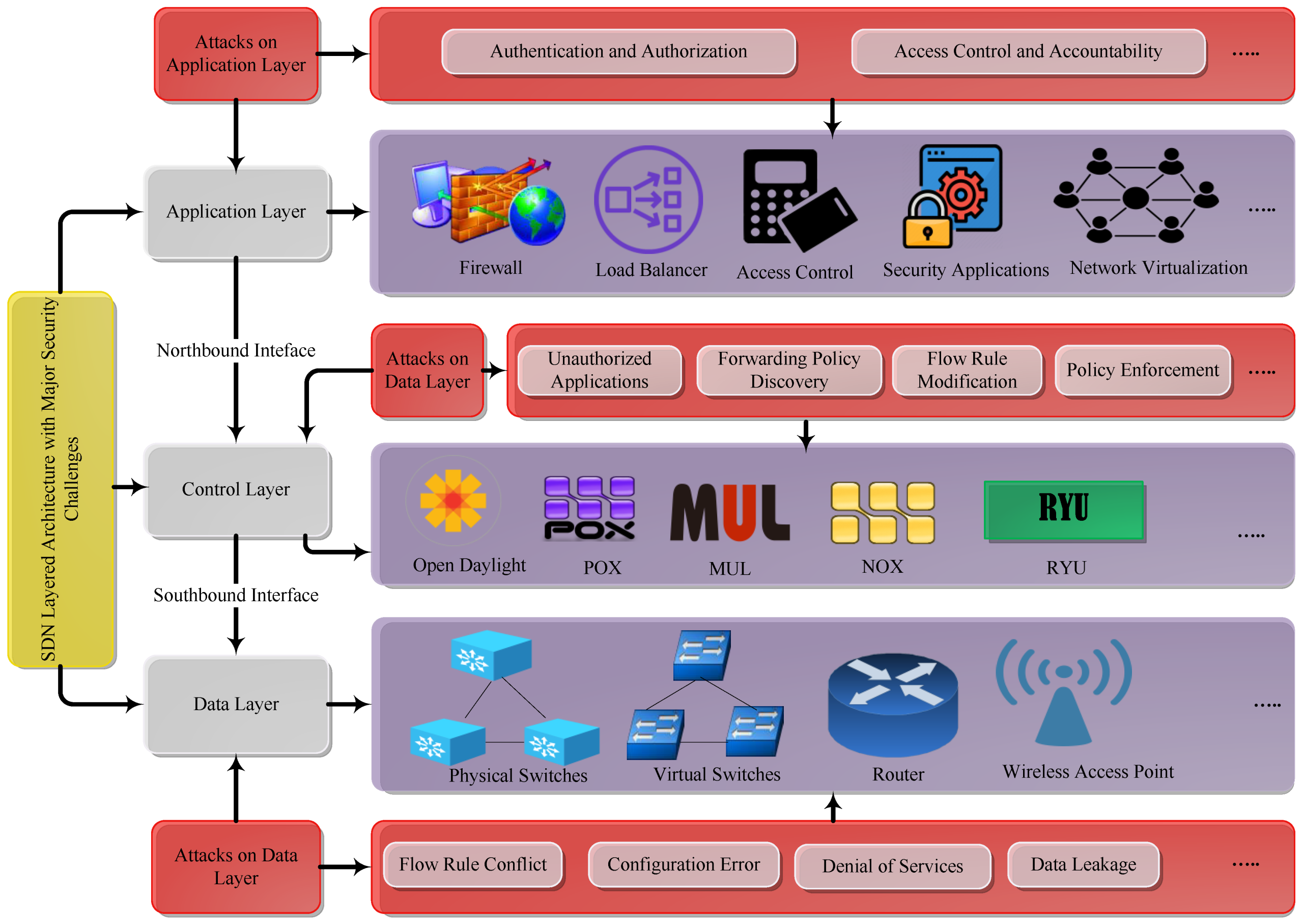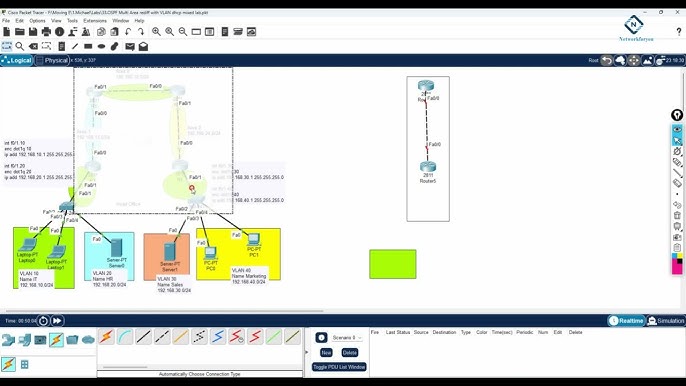Challenges in SDN Implementation: How to Navigate Adoption Roadblocks
telcomatraining.com – Software-Defined Networking (SDN) has revolutionized the way networks are managed, offering greater flexibility, scalability, and programmability. By separating the control plane from the data plane, SDN allows network administrators to manage network services through abstraction and automation. However, despite its potential benefits, SDN implementation is not without its challenges. Organizations often encounter various roadblocks when attempting to adopt this technology. In this article, we explore the key challenges in SDN implementation and strategies to overcome them.
1. Legacy Infrastructure Compatibility
One of the most significant hurdles in SDN adoption is the coexistence with legacy network infrastructure. Many organizations operate on traditional networks that have been in place for years. Integrating SDN with these outdated systems can be complex, expensive, and time-consuming. Complete network overhauls are often not feasible due to budget constraints or operational dependencies.
Solution: A phased migration strategy is essential. Start by introducing SDN in isolated segments of the network, such as data centers or test environments. Gradually scale SDN deployment as compatibility is validated and performance is optimized.
2. Lack of Skilled Professionals
The shift to SDN requires a new skill set. Traditional network engineers may not have experience with SDN controllers, scripting, or software-defined protocols. The skills gap can slow down adoption and lead to suboptimal implementation.
Solution: Invest in training programs and certifications for existing staff. Additionally, consider hiring SDN professionals with hands-on experience. Collaborating with SDN vendors for workshops and on-site training can also accelerate the learning curve.
3. Security Concerns
SDN introduces a centralized control mechanism, which, if compromised, could expose the entire network to threats. The central controller becomes a high-value target for cyberattacks. Moreover, the abstraction layer in SDN can sometimes obscure visibility, making it difficult to detect malicious activity.
Solution: Strengthen controller security through multi-layer authentication, encryption, and access controls. Implement real-time monitoring tools and anomaly detection systems to maintain visibility and respond promptly to threats.
4. Vendor Lock-In Risks
Many SDN solutions are proprietary, tying organizations to a specific vendor’s ecosystem. This can limit flexibility, inflate costs, and complicate future upgrades or integrations.
Solution: Opt for open standards and interoperable solutions when possible. OpenFlow and OpenDaylight are examples of open-source SDN frameworks that promote vendor neutrality. Evaluate SDN solutions based on community support, compatibility, and extensibility.
5. High Initial Costs
Although SDN can reduce long-term operational expenses, the upfront costs for new hardware, software, and training can be daunting. Budget restrictions may delay implementation, particularly in small to mid-sized businesses.
Solution: Perform a detailed cost-benefit analysis to identify areas where SDN will deliver the most immediate ROI. Consider hybrid approaches that combine SDN with existing infrastructure to balance performance improvements and cost savings.
6. Complexity of Network Design and Management
SDN adds a new layer of abstraction, which, while beneficial, also introduces complexity. Misconfiguration of controllers or applications can lead to outages or degraded performance. Moreover, the lack of industry-wide best practices can leave organizations unsure of how to proceed.
Solution: Establish clear SDN architecture frameworks and governance policies. Use simulation and testing tools to validate network configurations before deployment. Partnering with experienced consultants can also reduce design complexity.
Conclusion
Despite its advantages, SDN implementation presents multiple challenges that organizations must address strategically. From integrating legacy systems to overcoming security and cost issues, each obstacle requires a well-thought-out plan. With the right approach, businesses can leverage SDN to build more agile, efficient, and future-ready networks.
As the technology matures, standards and tools are expected to evolve, simplifying the transition for late adopters. Organizations that invest today in understanding and planning for these challenges will be better positioned to lead in tomorrow’s digital landscape.







